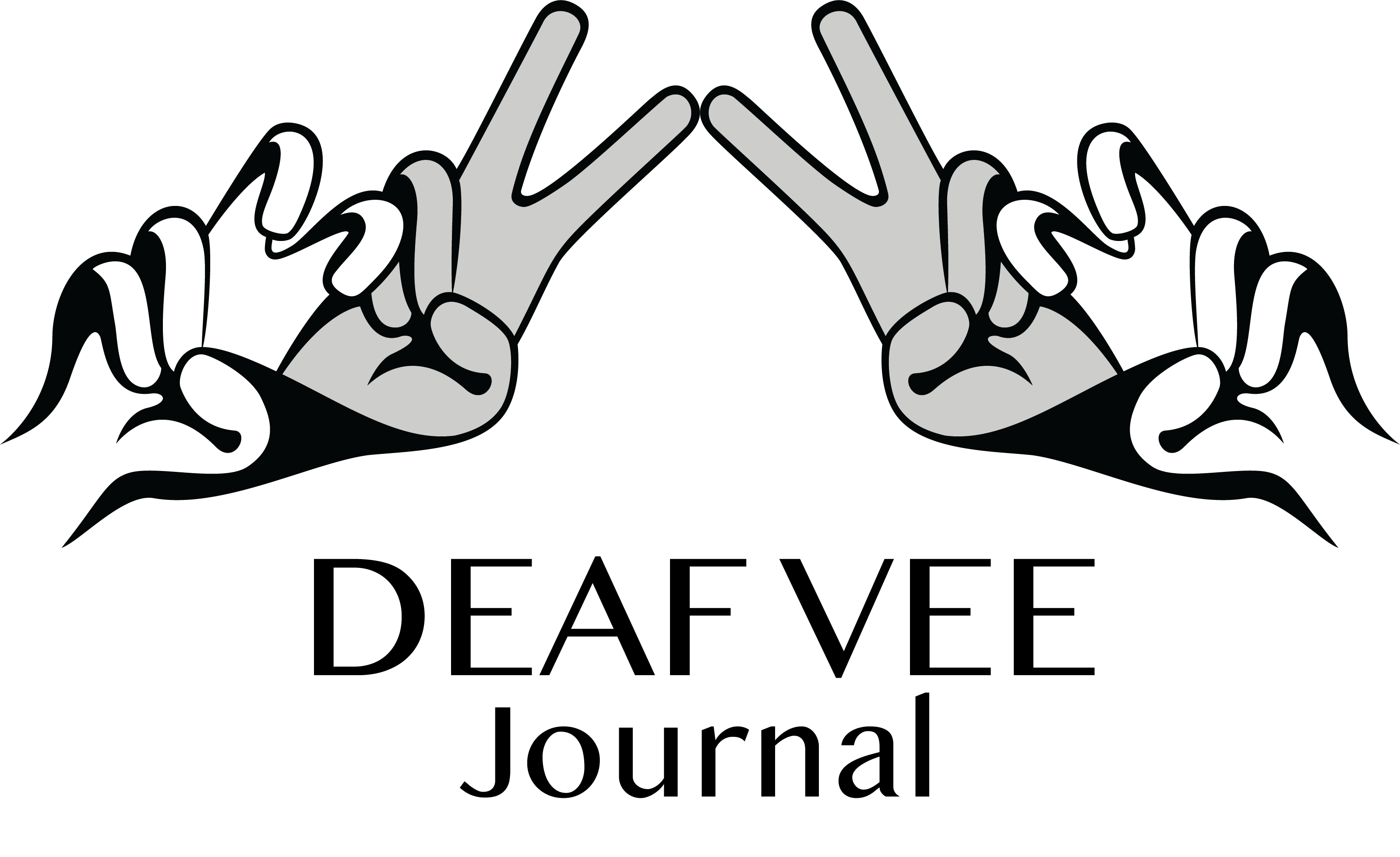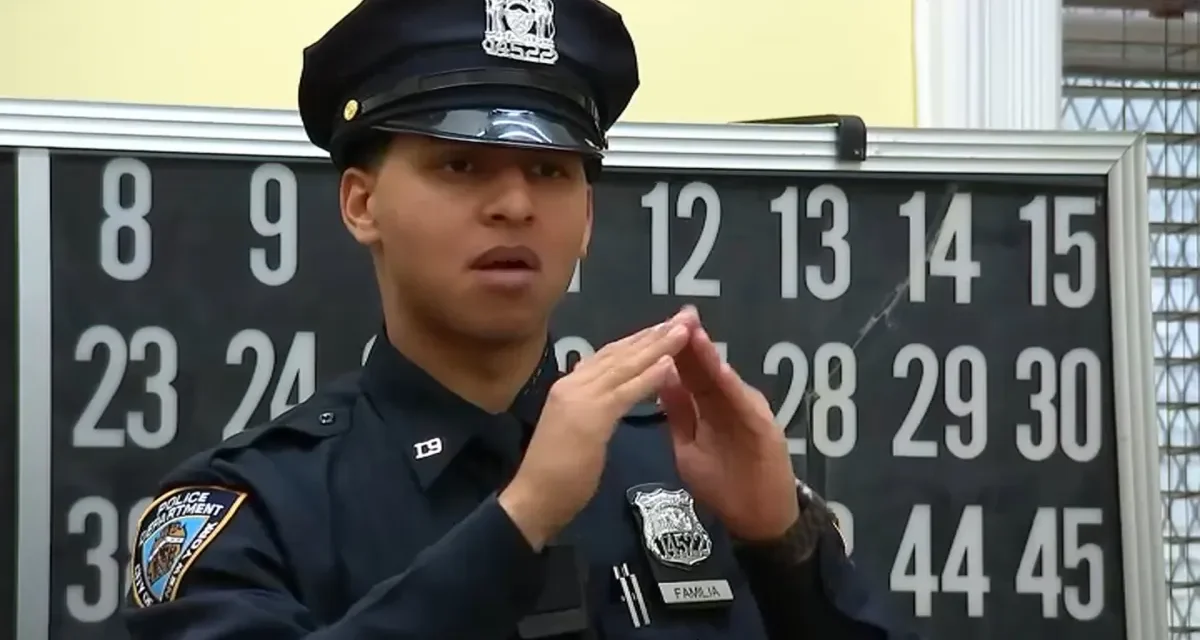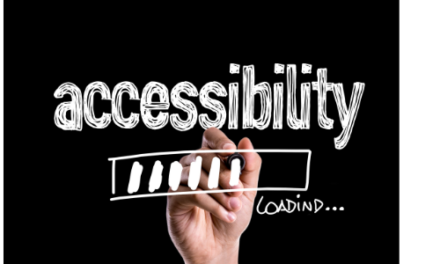The New York City Police Department (NYPD) recently launched a unique initiative to improve communication with the deaf and hard-of-hearing community. Announced on February 29, 2024, the NYPD’s American Sign Language (ASL) Initiative aims to bridge the communication gap between law enforcement and individuals who are deaf or hard of hearing. The NYPD’s Office of Equity and Inclusion leads this program, training officers in ASL to better serve and communicate with this community.
Over 600 recruits at the Police Academy in College Point received basic ASL instruction. They learned crucial signs for words such as “interpreter,” “cop,” “ambulance,” and “help.” This training, aligned with efforts to commemorate American Sign Language Day on April 15, equips officers with the basic skills needed to involve resources quickly. Deputy Commissioner of Equity and Inclusion Wendy Garcia emphasized the importance of this training, noting that communication is critical to the core functions of law enforcement, especially in emergency situations where response time is vital.
The initiative also includes a cohort of fifteen officers advancing towards national certification as ASL interpreters. These officers were selected based on their proficiency in ASL or their eagerness to learn advanced signing. The training is part of a broader department-wide program aimed at ensuring all city officers acquire basic sign language skills, further enhancing their ability to interact with the city’s estimated 175,000 deaf or hard-of-hearing residents.
This initiative is complemented by a pilot program developed in collaboration with the Deaf Justice Coalition, aiming to improve access to law enforcement services for deaf and hard-of-hearing New Yorkers. Implemented in three police precincts in Manhattan, Queens, and Staten Island, the program requires the NYPD to provide in-person, on-site ASL interpreters upon request and equip officers with handheld tablets for video-based ASL interpreting. Years of negotiation led to this program, addressing the communication gaps that have long existed between law enforcement and the deaf community.
The Daily Moth provided a critical perspective on the NYPD’s ASL initiative, highlighting both the pros and cons of the program. While the involvement of Children of Deaf Adults (CODAs) is beneficial due to their basic understanding of how to interact with deaf individuals, they are not certified interpreters. This can lead to significant communication breakdowns, especially in high-stress situations (The Daily Moth). The article pointed out that serious emergencies require professional interpreters to ensure accuracy and avoid misunderstandings that could exacerbate already tense situations. The Deaf community also expressed concerns about the brief duration of the training, noting that eight weeks is insufficient for officers to become proficient in legal interpreting.
Despite these challenges, many believe that the NYPD’s initiatives represent a significant step forward in improving accessibility for the deaf and hard-of-hearing community. Continued efforts and refinements are necessary to ensure these programs effectively meet the community’s needs. The NYPD’s commitment to training officers in ASL and providing on-site interpreters and video-based interpreting tools underscores the department’s dedication to serving all New Yorkers.
In summary, the NYPD’s ASL Initiative and pilot program with the Deaf Justice Coalition mark important advancements in bridging the communication gap between law enforcement and the deaf community. These efforts not only enhance the safety and well-being of deaf and hard-of-hearing individuals but also reflect a broader commitment to inclusivity and effective communication within the NYPD






